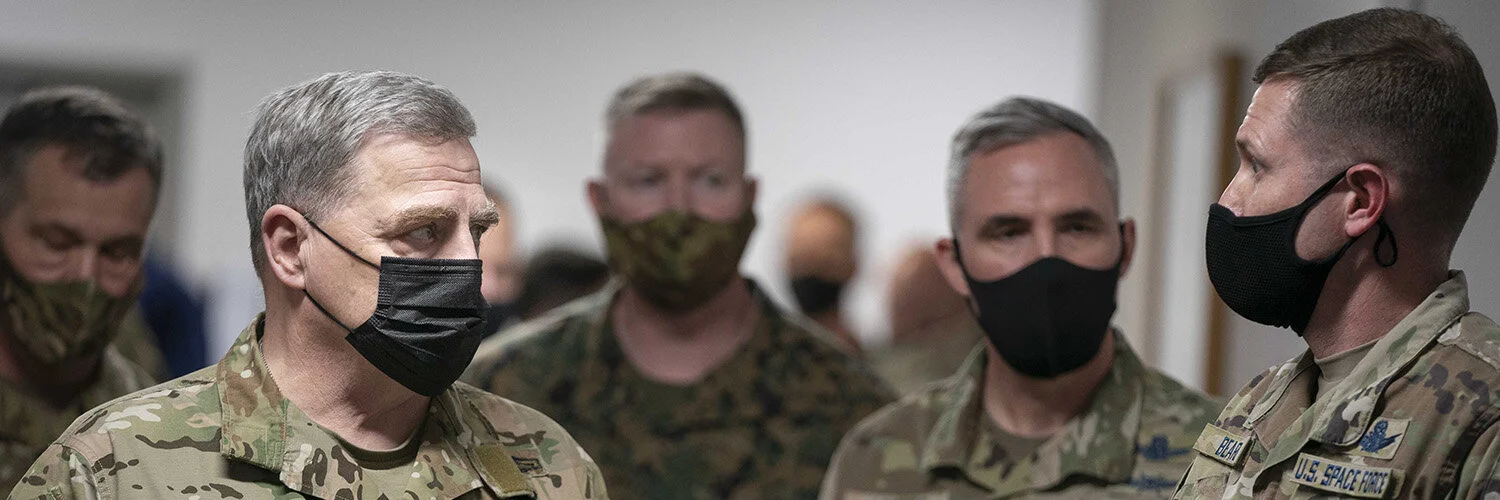The next National Security Strategy must make operational integration a priority. Such integration would provide the requisite foundation for driving the organizational reforms necessary to revamp doctrine, enhance the planning and execution of operations, and the conception and development of systems and platforms to best achieve U.S. strategic goals. This is not to argue for abolishing America’s traditional armed services but rather to reduce their distorting focus on the tactical level of war. It is time to recognize that twenty-first-century conditions require that strategic and operational capabilities need to be developed and utilized by women and men whose training, background, and education are not tied to the services' parochial imperatives.
Experimentation: The Road to Discovery
The Air Force, Navy, and Marines are the second group of critical stakeholders who will be active participants (to varying degrees) in the upcoming experiments. As the warfighting experts in their respective mission domains––air, sea, and the littorals––the Army’s sister services rightfully believe they bring critical capabilities to Multi-Domain Battle. But, will their capabilities become organic to the multi-domain task force structure—making the task force more joint than U.S. Army-centric? To what degree will multi-domain task force commanders be able to leverage Air Force, Navy, and Marine Corps assets presently forward deployed/forward based overseas to create the desired effects? Will a laborious and time-consuming request for forces process be necessary before these assets are placed at the disposal of multi-domain task force commanders or will they be permanently “on-call”?
The Failure of Joint Integration During the 1943 Sicily Campaign
The Allied invasion of Sicily, codenamed Operation HUSKY, was the first combined amphibious invasion of Axis territory involving both British and U.S. forces. Poor planning and a weak operational command structure resulted in mediocre command and control of the air, land, and sea components throughout the operation. If measured by current U.S. joint doctrine, the integration of joint functions by the Allies during the Sicily Campaign was below par, leading to missed opportunities and increased costs. While Operation HUSKY still resulted in the Allied conquest of Sicily, the failures of the Allies in command and control and joint function integration during the campaign would result in greater combat losses than necessary and diminished returns during the Sicily invasion, as well as substandard operations on the Italian peninsula. The failures of integration during the HUSKY campaign illustrate why mission command and joint operations are critical components of current U.S. defense doctrine.
Reflections on Airpower: Offensive Strike
As the Islamic State advance was brought to a stop, coalition aircraft were free to attack the enemy from their front line positions to deep behind into the territory they held. The uncontested hold of the air provides us the ability to target and destroy the support network that keeps the self-declared caliphate fully functioning. From Mosul to Raqqa, the destruction of logistic depots, training camps, communication facilities and financial complexes, in addition to the destruction of their fighting units in direct contact with friendly forces, applies pressure on every aspect of the organization.





